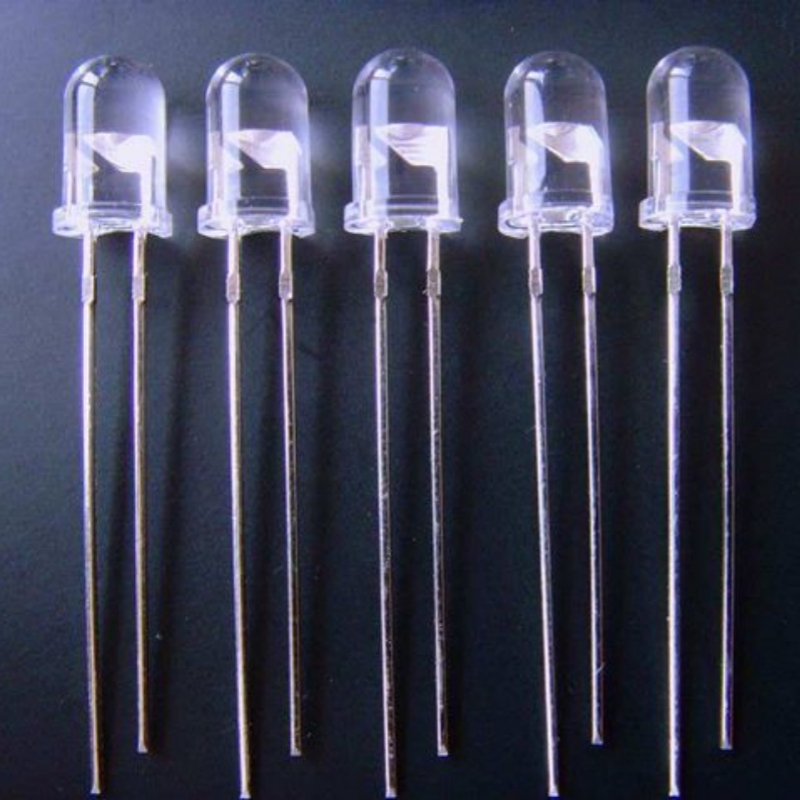High-efficiency steam reforming catalyst is an advanced catalytic material engineered to facilitate the conversion of hydrocarbons into hydrogen-rich syngas through optimized reforming mechanisms. Designed with superior metal-supported formulations, it enhances thermal stability, improves reaction kinetics, and ensures extended operational lifespan for industrial applications. This catalyst is widely used in hydrogen production, ammonia synthesis, and large-scale petrochemical refining, delivering consistent performance for continuous steam reforming processes.
Product Overview
This steam reforming catalyst is specifically designed for the first-stage reforming process in ammonia, methanol, and hydrogen production processes using natural gas as the feedstock. It is suitable for both box-type first-stage reforming furnaces and heat-exchange reforming furnaces. After extensive practical validation, the catalyst has demonstrated outstanding performance across various reforming processes, ensuring efficient gas flow distribution and mass transfer. It is widely used in petroleum, petrochemical, and natural gas reforming industries.
Key Features
- Smooth Surface: The catalyst features a smooth surface, making it easy to load and preventing bridging, ensuring uniform gas flow distribution.
- Excellent Heat and Mass Transfer: The catalyst has outstanding thermal and mass transfer capabilities, which significantly improve the reforming efficiency.
- Strong Low-Carbon Tolerance: It operates effectively at an H₂O:C lower limit of 2.0, with actual long-term operating values reaching 2.70 and short-term values reaching 2.40, ensuring stable reactions.
- Low-Temperature Activity: In actual operation, the inlet temperature can be as low as 400°C, exhibiting excellent low-temperature startup performance.
- Stable Bed Resistance: The catalyst maintains stable bed resistance under normal operating conditions, ensuring long-term stable system operation.
- Excellent Anti-Mold Performance: It has strong anti-mold properties, extending the catalyst’s service life.
- Customizable for Specific Processes: Different catalyst models can be combined based on specific process requirements to achieve optimal performance.
Applications
- Ammonia Production: Used in the natural gas reforming process for ammonia production, improving ammonia synthesis efficiency.
- Methanol Production: Widely used in methanol synthesis processes in natural gas reforming, ensuring high methanol yields.
- Hydrogen Production: Applied in hydrogen production processes to improve hydrogen yield and reduce energy consumption.
| Appearance | Gray spherical/Ellipsoid/Cylinder with bulging ends and edge slots/Cylinder with bulging ends and edge slots |
| Hole Number | 3~7 |
| Edge Slots | None/3/4 |
| Size (mm) | Φ16-17/Φ13-14/Φ10-14*Φ12-14/Φ8-6*12-6/16-20*Φ16-20/Φ17*17/Φ17*10 |
| Pore Diameter (mm) | 3~4 |
| Bulk Density (kg/l) | 0.9-1.1 |
| Compressive Strength (N/piece) | ≥200~250 |
| NiO (%) | ≥14.0 |
| Rare Earth Oxides (%) | ≥2.0 |
| Metal Oxides (%) | Moderate |
| Total Carbon in Feed Gas | 140 max |
| Operating Temperature (°C) | 400-950 |
| Operating Pressure (MPa) | 0.7-5.0 |
| Space Velocity (h‑1) | 500-2500 |
| Water to Carbon Ratio | 2.5-5.0 |
| H2S Content in Feed (ppmv) | ≤0.2 |
Submit Your RequirementsWe will contact you within 24 hours.
 WOBO Scientific Research New Materials One-Stop Service Platform
WOBO Scientific Research New Materials One-Stop Service Platform











